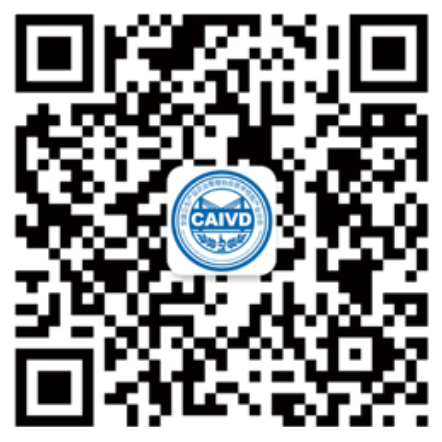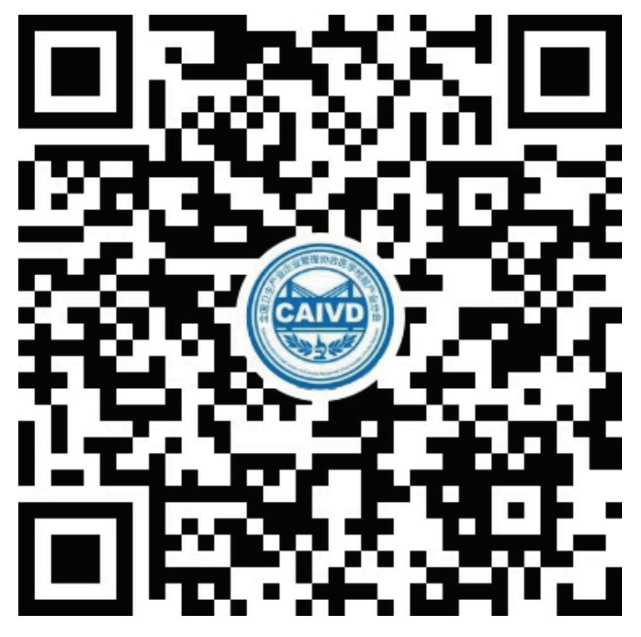
Top Four IVD Sector Trends of 2015 Announced
2017/1/3 15:31:39 Views£ļ1408
Among the in vitro diagnostic (IVD) testing trends in 2015 were smaller molecular instruments, better information technology (IT) systems, and progress on use of sequencing in clinical medicine. These and additional findings were based on research covered in three new healthcare market reports.
Molecular Point-of-Care (POC) Becomes Reality:
Alere announced its Alere i Influenza A & B that provides molecular flu results in less than 15 minutes. Cepheid launched its highly portable 9 inches tall GeneXpert Omni, enabling unprecedented access to accurate, fast diagnosis for patients suspected of having TB, HIV, and Ebola. Such products push infectious disease testing into the POC and near-patient testing arena, allowing providers to initiate treatment during the same visit or day.
Energetic Competitive Activity:
The leader in IVD in 2015 remains the same as in 2014, but there was plenty of market activity, with scores of acquisitions, partnership deals, and distribution agreements. Roche Diagnostics remains the largest supplier of clinical diagnostics products; its product sales are still almost twice its nearest competitor. Roche stayed active in 2015, including a deal with Sigma-Aldrich, acquiring GeneWeave BioSciences, and becoming majority shareholder in cancer genomics company Foundation Medicine.
One competitor, automated nucleic acid extraction pioneer Qiagen, continued to grow, with close to 30% increase in IVD sales since 2010. Now Qiagen’s clinical business is moving from a base in infectious diseases to cancer testing and personalized medicine. It markets over 500 products in four customer classes: Molecular Diagnostics (human healthcare), Applied Testing (forensics, veterinary testing and food safety), Pharma (pharmaceutical and biotechnology companies) and Academia (life sciences research).
Liquid Biopsy: Numerous liquid biopsy tests and enterprises progressed in 2015. The technology has had its ups and downs but is still in contention. These applications will likely impact and determine the future standard of oncology care. cfDNA can be applied more broadly and will likely determine standard of care in oncology, transplant medicine, and cardiovascular disease. This emerging field has already made a huge impact on prenatal care. CTC technology is much more mature than that of cfDNA. Veridex (Janssen Diagnostics) has pioneered CTC testing.
Information Technology and Genomics: 2015 saw progress in use of IT for genomic medicine. Hundreds of genome studies are underway, involving sometimes hundreds of thousands of patient test results. Data-sharing, through private and public consortia, has become essential. The Global Alliance is a diverse international coalition of over 140 member organizations working together on open interfaces and catalytic projects to enable effective and responsible data-sharing and guide this quickly evolving field.

- CAIVD WeChat
Subscription Account

- CAIVD WeChat
Channels
China Association of In-vitro Diagnostics
Part of the information in our website is from the internet.
If by any chance it violates your rights, please contact us.

